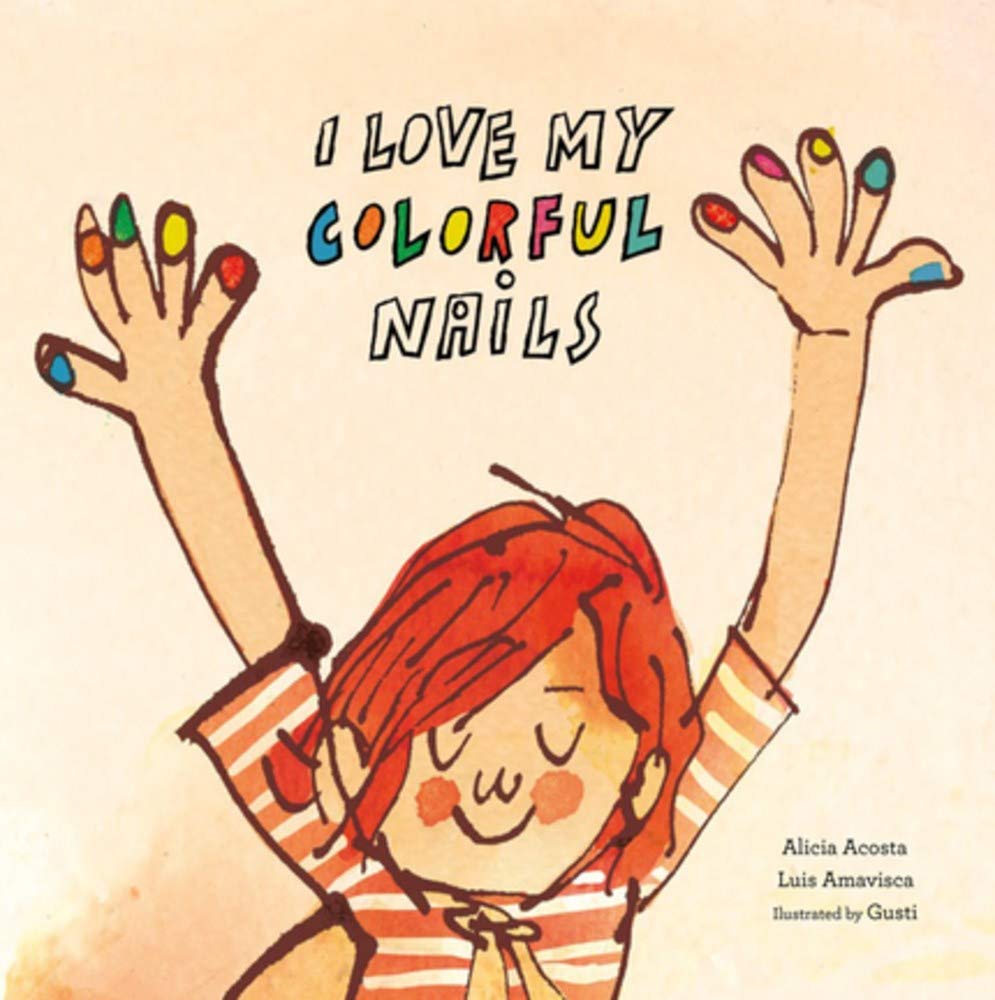Be Who You Want to Be
By Jennifer Bergen, Program and Children’s Services Manager
 We recently posted a storytime video on the library’s YouTube channel about stereotypes called “Be Who You Want to Be.” It reminded me of some great picture books I’ve happened across that challenged the classic feminine story tropes, like “Cinder Edna” by Ellen Jackson and Kevin O’Malley. I was intrigued by the brown loafer on the cover instead of a glass slipper. Cinder Edna is smart, practical and comfortable, and she doesn’t need a ridiculous Prince Charming. However, looking back at an older favorite from my childhood, “Miss Suzy” by Miriam Young, I was a little bit appalled. Miss Suzy is a lovely gray squirrel with a cool house in the “tip, tip top of a tall oak tree.” She is trapped in a lot of female stereotypes, though, with her focus on cooking, cleaning, and taking care of men (toy soldiers) who later must rescue her.
We recently posted a storytime video on the library’s YouTube channel about stereotypes called “Be Who You Want to Be.” It reminded me of some great picture books I’ve happened across that challenged the classic feminine story tropes, like “Cinder Edna” by Ellen Jackson and Kevin O’Malley. I was intrigued by the brown loafer on the cover instead of a glass slipper. Cinder Edna is smart, practical and comfortable, and she doesn’t need a ridiculous Prince Charming. However, looking back at an older favorite from my childhood, “Miss Suzy” by Miriam Young, I was a little bit appalled. Miss Suzy is a lovely gray squirrel with a cool house in the “tip, tip top of a tall oak tree.” She is trapped in a lot of female stereotypes, though, with her focus on cooking, cleaning, and taking care of men (toy soldiers) who later must rescue her.
Children’s books often remind me that stereotypes influence our thinking in so many ways, whether we find ourselves falling into them or pushing back, and kids are navigating this confusing world as well. Luckily, there are a number of picture books that take the challenge head on and show that we can each choose who we want to be. Check out the fun and enlightening storytime featuring “What Riley Wore” by Elana K. Arnold and “Ogilvy” by Deborah Underwood. The storyteller, who is one of our children’s librarians, also suggests these titles:
In “Sugar and Snails” by Sarah Tsiang, a grandfather mentions the old rhyme which states that boys are made of “ships and snails and puppy dog tails” and girls are made of “sugar and spice and everything nice,” then continues the rhyme with his own words. His grandchildren both protest—the boy says that he, too, is sweet, and the girl insists that she doesn’t wear dresses. The grandfather continues making up new rhymes to fit the children’s lists of things they do and do not like, and eventually gives up trying to categorize them.
“I Love My Colorful Nails,” by Alicia Acosta and Luis Amavisca, is an import from Spain. Ben is a little boy who loves painting his nails bright colors, but when his classmates tell him that painted nails are only for girls, Ben starts removing his nail polish every Sunday evening before the school week starts. Ben’s father decides to paint his nails, too, and displays them every day when he picks Ben up from school, but things don’t seem to improve until Ben’s classmates surprise him by all painting their nails for his birthday, boys and girls alike.
In “Lena Likes Lizards,” by Liza Dora, Lena and her father go to the park where Lena is excited to play trucks with the other kids. However, the truck-playing boys say she can’t join them because she’s a girl, and the doll-playing girls say she can only join in if she switches toys. Lena is upset until her daddy explains that things don’t have to be divided by gender. Lena thinks about all the different things she enjoys, some of which are stereotypically gendered, like football and ballet, and comes to the conclusion that “maybe we should just let people do the things that they like.”
“Big Bob, Little Bob,” by James Howe, features two young boys. They are the same age and both named Bob, but that’s where their similarities end. Big Bob prefers trucks, dirt, loudness, and running around outside. Little Bob likes quietly playing school or tea party and dressing up. When a new girl moves into the neighborhood, she is disdainful of Little Bob, stating that boys don’t play with dolls. Big Bob sticks up for him, saying that boys can do whatever they want, and when Little Bob invites her to play with them, she admits that she, too, prefers trucks to dolls. They end up all playing together, each child focusing on their own interests.
A few other good choices are “Be Who You Are” by Todd Parr, “Ambitious Girl” by Meena Harris, “Pink is for Boys” by Robb Pearlman, “Dress Like a Girl” by Patricia Toht, and “Pirates and Princesses” by Jill Kargman. We also have several books in our Parent & Teacher Resource Center that discuss gender expectations as well as questions of identity. For more book suggestions tailored specifically to your child’s needs, give us a call at the library. We’re always happy to help.

